-
Posts
1,511 -
Joined
-
Last visited
Content Type
Profiles
Forums
Gallery
Events
Posts posted by hollowneck
-
-
5 hours ago, HardeeHarHar said:
However, my IBEX finger plane has begun its work on the main mast and bowsprit.
I spot a couple boxwood octagonal sticks! Good job on jigging-up the square stock, Brian.
When the Proxxon arrives, keep the ShopVac nearby as you'll be generating lots of fine sawdust. Don't forget that the Proxxon chuck has a through hole that can accommodate up to about 10 mm diameter material; this becomes especially important when maintaining the central octagon and turning (sanding)the symmetrical round tapering for the spar ends.
Nice cabinet; I'll bet you can keep all kinds of things in those drawers...😬
-
-
-
A ModelExpo kit would be an excellent place to start. Just as important as the selection of a "beginner kit" is this forum. If you run into difficulties or have questions, you'll get supportive - and in most circumstances - immediate feedback and help. I've modeled both plastic and wooden ship kits and I've found pleasure in modeling both. You'll soon discover that wood models do require more skills as well as a few more bench hand tools you'll need.
Good Luck! - and welcome to our community...
- Canute, GrandpaPhil, mtaylor and 1 other
-
 4
4
-
-
XLNT! Lovely work, Glen. I have only one question though: do you like calamari?😂
- Ian_Grant, Glen McGuire, FriedClams and 1 other
-
 4
4
-
Very nice. I love my Proxxon DB250. I use it for nearly all my masting & spar work.
I'll see if I can build this from your plans with odds n' sods in my shop (I'll need to buy the ball bearings!). Many thanks for the detailed instruction files.
Like myself and others here, you must have an engineering background: good photos, quite clearly explained. Great CAD plans!
- mtaylor, Landlubber Mike and tkay11
-
 3
3
-
My thoughtful and generous wife bought me a Dremel tool many years ago for a holiday gift. It took up valuable space on my bench for awhile until I found a use for it grinding off some rust on an old cast iron outdoor lighting fixture; I keep it around for the odd grinding job (in a heavy tool drawer) but haven’t used it for modeling.
- Blue Ensign and mtaylor
-
 2
2
-
Here is another set of visual references to consider. These photos are of the 2014 recreation of the French frigate Hermione, available on the the ship's website: https://en.wikipedia.org/wiki/French_frigate_Hermione_(2014)
With the first two photos, the holes for fastening the hull planking are quite evident at this stage of the ship's construction. The second of these two photos shows some of the holes filled with what are presumably lag bolts (some with washers). I'm surmising that these very visible holes were finally "capped" with wooden plugs and as such, the execution is a thoroughly modern invention/solution; in the earlier Age of Sail, these fastening holes would be filled with treenails (and plugs) made from wood - regardless of the ship's country of origin (as mentioned earlier in this thread).
The second set of photos of the completed ship show nearly the entire vessel painted and thus, no immediately visible indications of how any of the superstructure was held together.
I have not been on deck of this ship so I don't know how the deck fastening was handled; presumably, it was done with "treenailing" but not necessarily with the same methods employed in the 17th century.
Indicating this level of detail with one's model is a matter of choice first, and second - if even depicted - should be reasonably scale-accurate. I've seen some models of the era where the hulls appear to have the "measles"- clearly an unnecessary visual distraction (too much of a contrast in wood coloration); the same holds for deck planking. At smaller scales for most ship modelers (@ 1/72 or smaller), I would not recommend trying to simulate these details, whether hull or deck. Attempting to create realistic fidelity can result in wholly unnecessary distraction. In 1:48 and larger scales, it's a whole different ballgame.
My personal preference (at 1:64 scale) is to subtly indicate both these fastening conventions on the hull and deck when and where bare wood is exposed (sans paint).
- Chuck Seiler, mtaylor, Oldsalt1950 and 2 others
-
 4
4
-
 1
1
-
-
3 hours ago, HardeeHarHar said:
A very wise man (Ron @hollowneck) once taught me that if you throw all the receipts away, this hobby is not expensive at all!
A nice case, whether acrylic - and especially glass - will cost more than one's model kit in most cases (pun intended).
-
-
I'm loving this model's development.
The unique design of the schooner itself, the history. It incorporates many of Chris' most recent engineering innovations in a smaller "package" that'll comfortably fit into a unique presentation. I'm thinking the Grecian can possibly be set into my next diorama depicting a cutting-out action in the Chesapeake (now within a stone's throw to my new home near the same).
I'm also thinking a completed model and diorama might be appropriately called: "Asleep At The Helm."
-
On 3/18/2023 at 7:52 AM, Blue Ensign said:
He's gone off now for a nice bit of Wensleydale.
I'm pleased you keep Wallace in your shop for inspiration. That new build board is brilliant, very inventive! But I still like that you doubled-down on another (bargain) Amati keel clamper.
And I must add....mmmmmm (lip-smacking sounds)...Wensleydale with cranberries on cream crackers. Nearly as good as scones with clotted cream at teatime
.
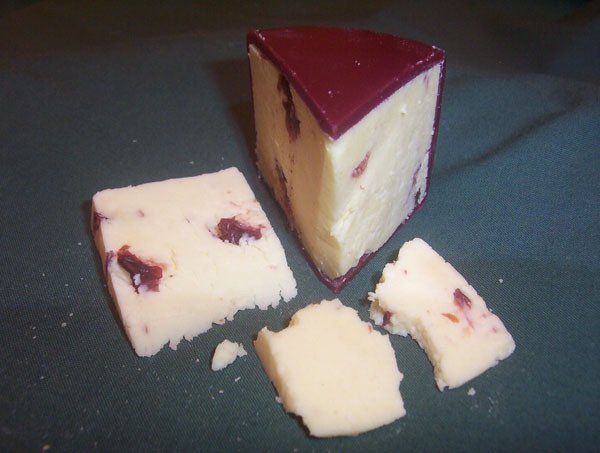
-
On 3/15/2023 at 5:56 AM, Blue Ensign said:
I’m loving the look of her even at this stage, I think you will all agree she is an impressive sight.
Chris must be well pleased with the fruits of his labour.
Oh My! I was wrong and spoke too soon: There's Wallace!
May I suggest you consider asking him if he'll volunteer to be your Indy's figurehead?
I like your simple solution on the deck fitting; I recall my HMS Ardent (Chris' Agamemnon - a 64) build presented a similar issue: glue drying before both halves were properly in-place. I remember using long paintbrushes with diluted PVA to reach into the nooks n' crannies to ensure the deck was adhering across the (minimal) beams.
- Blue Ensign and mtaylor
-
 1
1
-
 1
1
-
-
-
Good advice, Tom.
If one is going deep into the rigging "weeds" the "The Masting and Rigging of English Ships of War" by James Lees is an essential. It does illustrate many of the earlier rigging conventions of the late 16th & early 17th-century larger English ships (3rd, 2nd & 1st Rate). As the title indicates, there is very clear illustration of other critical ship rigging elements- like masting and spars, anchor & capstan details, etc. It covers changes made over two centuries of ship building, with diagrams illustrating those changes.
I acquired this book a few years ago when it wasn't so pricey. For many it may be out-of reach at $300+
-
B.E., very nice, good progress. I keep inspecting your build photos for Wallace whom I spotted early-on.
Perhaps he's gone walkabout, not about to be Pressed!
-
On 3/13/2023 at 12:47 PM, Spooky spoon said:
Thank you very much. Are there any specific resources you would recommend? I've had a look around here but most of what I found deal more with what to do, instead of how to do it. I've also been looking to buy some books (I know Lee is very highly regarded but it seems to be out of print here). You're right about the start of rigging being a halfway point; I already feel like of learned so much even though I've just done the shrouds.
Here is a ‘go-to’ book I’ve used for years: Rigging Period Ship Models by Lennarth Petersson. Go to Amazon; Kindle edition:$12.; Hardcover: $35. & Softcover= $80!!
This book’s strength is in the myriad of detailed visuals and extensive treatment for typical era square-rigged ships, including sail plans. The Lees book is also helpful, and I do refer to it; however, it is not essential for most modelers.
Good Luck. You can do it!
- Ryland Craze and mtaylor
-
 2
2
-
Thank you kindly @Spooky spoon. Rigging a sailing model, especially a complex, large vessel with square sails (during the “Age of Sail”), requires knowledge, a good set of plans, the correct mechanical bits (including rope,not thread),and lots of patience and TIME. I remind my friends in our hobby that once they’ve completed a fully-loaded hull, their build of a full-on sailing vessel is at about a halfway point in modeling terms. Personally, I really enjoy the complex challenges involved with rigging; I know there are many who dislike and even “hate” it. This is but one example of how eclectic our hobby remains; after all, because crafting model ships (whether scratch or kit)is a pastime, the whole idea is to seek relaxation, pleasure and a host of other satisfactions.
Go For It, I say! There are many really excellent resources here in the forum on how to up your rigging game; my Build Log is but one source.
- toms10, Spooky spoon, Jack12477 and 5 others
-
 8
8
-
Your model is looking quite nice.
There is a fine line to approach with weathering that is easy to cross over so it starts to look hokey, over-done; you've handled this "character development" admirably, it's looking just right to my eye.
- Canute, Spooky spoon and mtaylor
-
 3
3
-
2 hours ago, glbarlow said:
With its size you may want to consider a build more like we use for Winchelsea. The benefit of a secure upright hold and keeping the keel straight over the months of construction.
Good suggestion, Glenn. A second Amati clamp will do the job-while taking-up less benchtop space.
-
5 hours ago, Jimnclare said:
Joining the ever growing throng following this epic build log, it's going to be fascinating. And it has to be said, Chris Watton has raised the bar on kit quality so high, other manufacturers must respond, or be left behind - surely this can only be a good thing?
It is surely a good thing.
- Obormotov, Old Collingwood, mtaylor and 1 other
-
 4
4

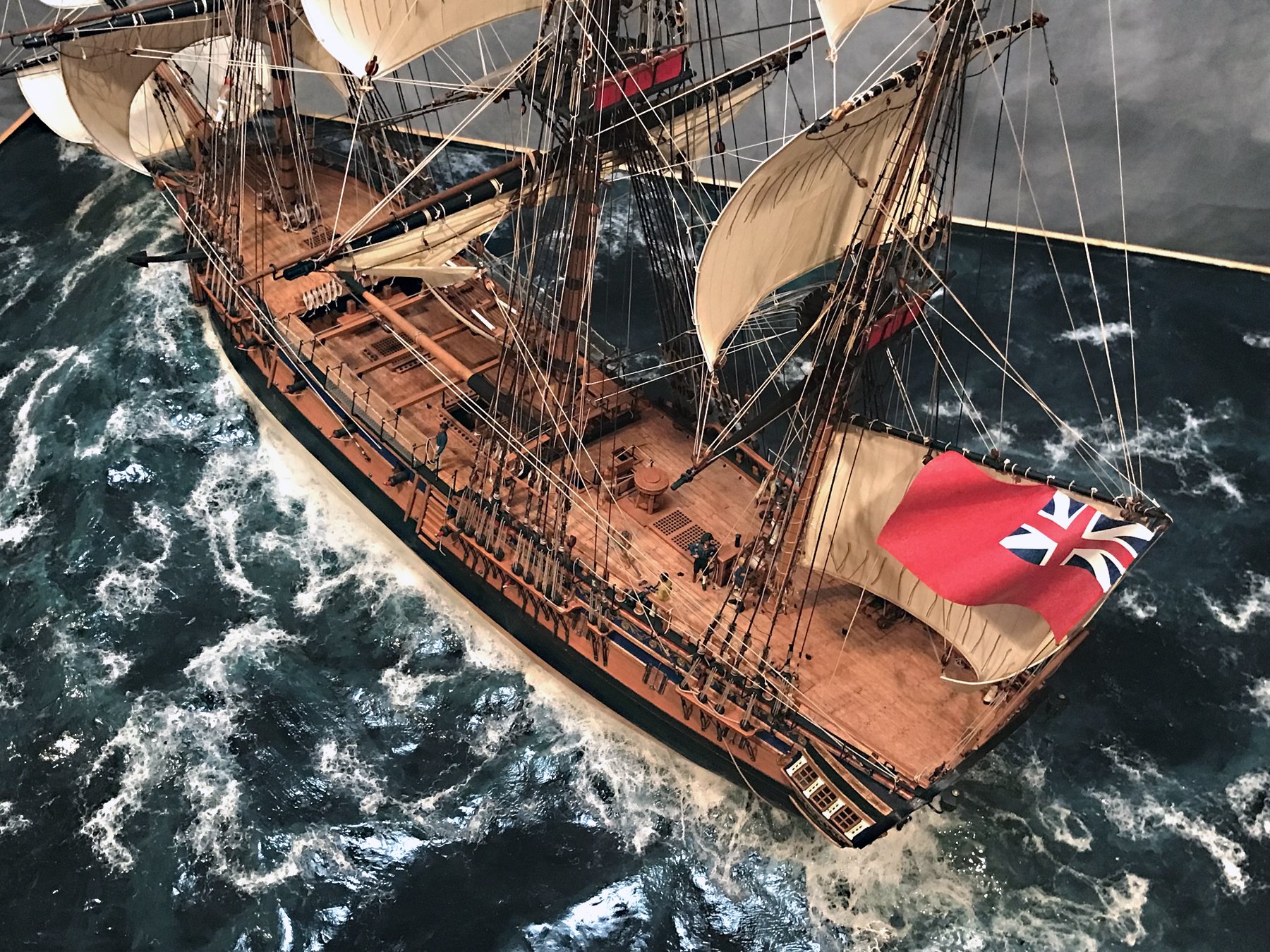
.jpg.d84ec4dad1d7791e855dca06210ab6f3.thumb.jpg.f45209242e851d4409eca1a09293165b.jpg)

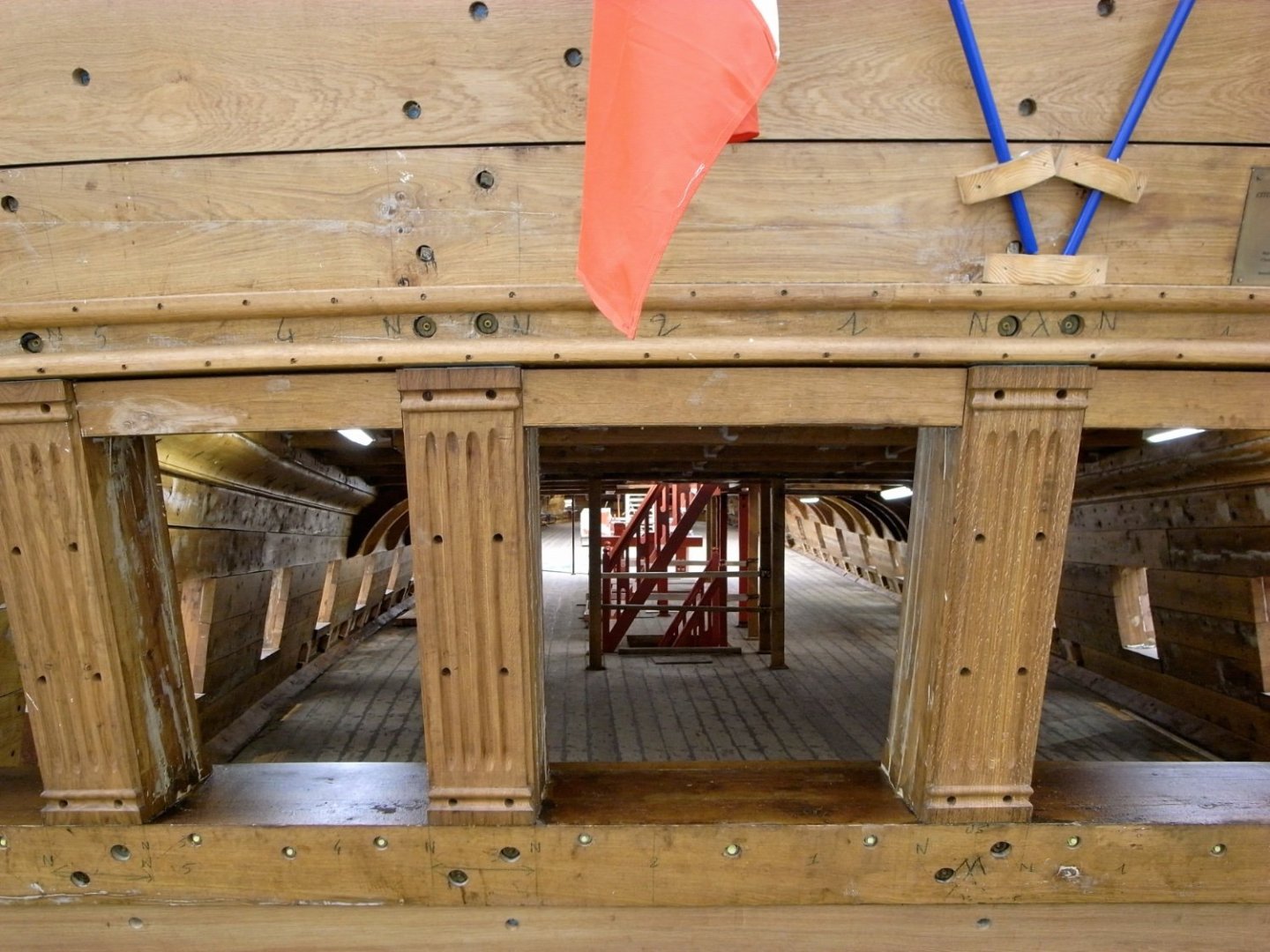
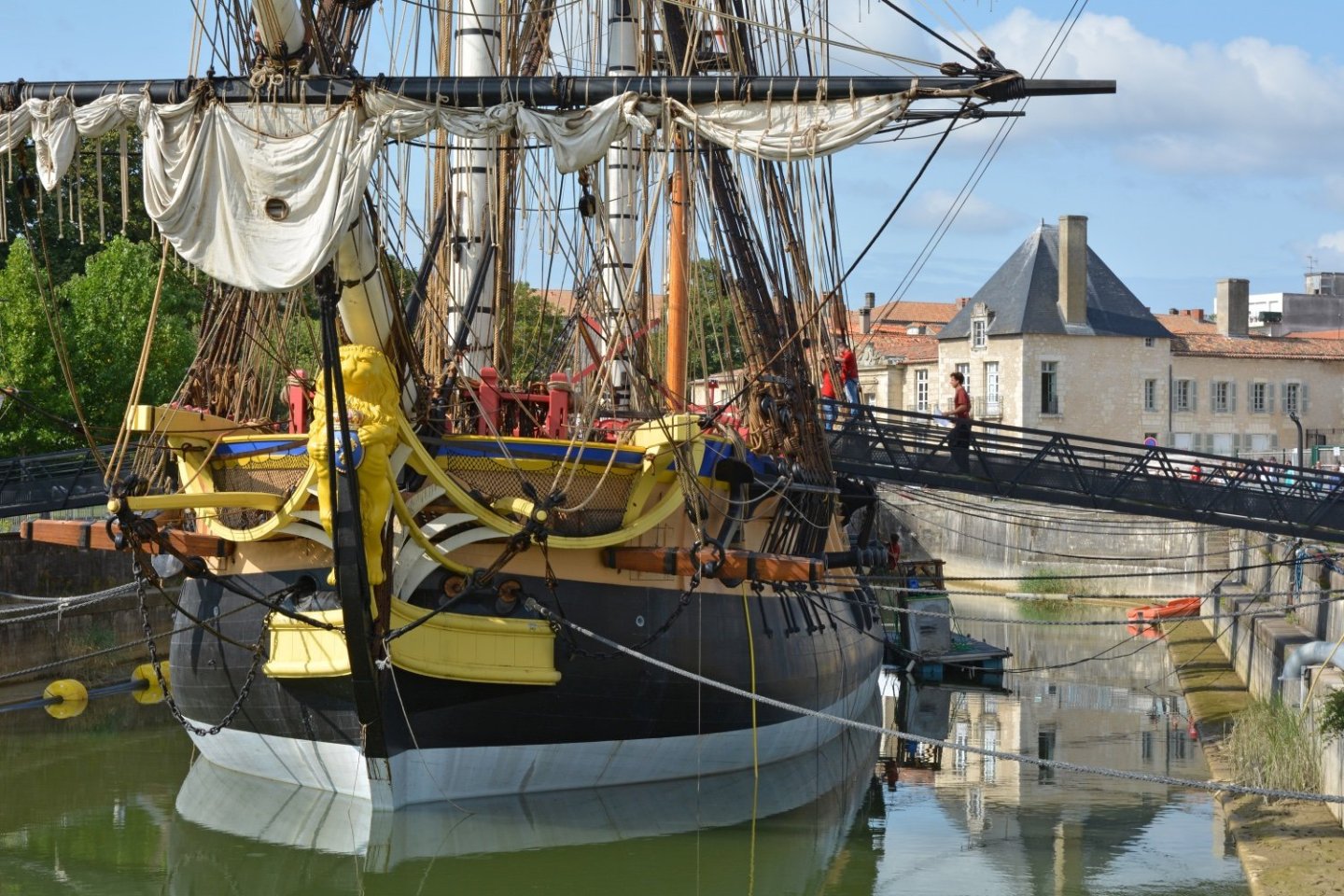
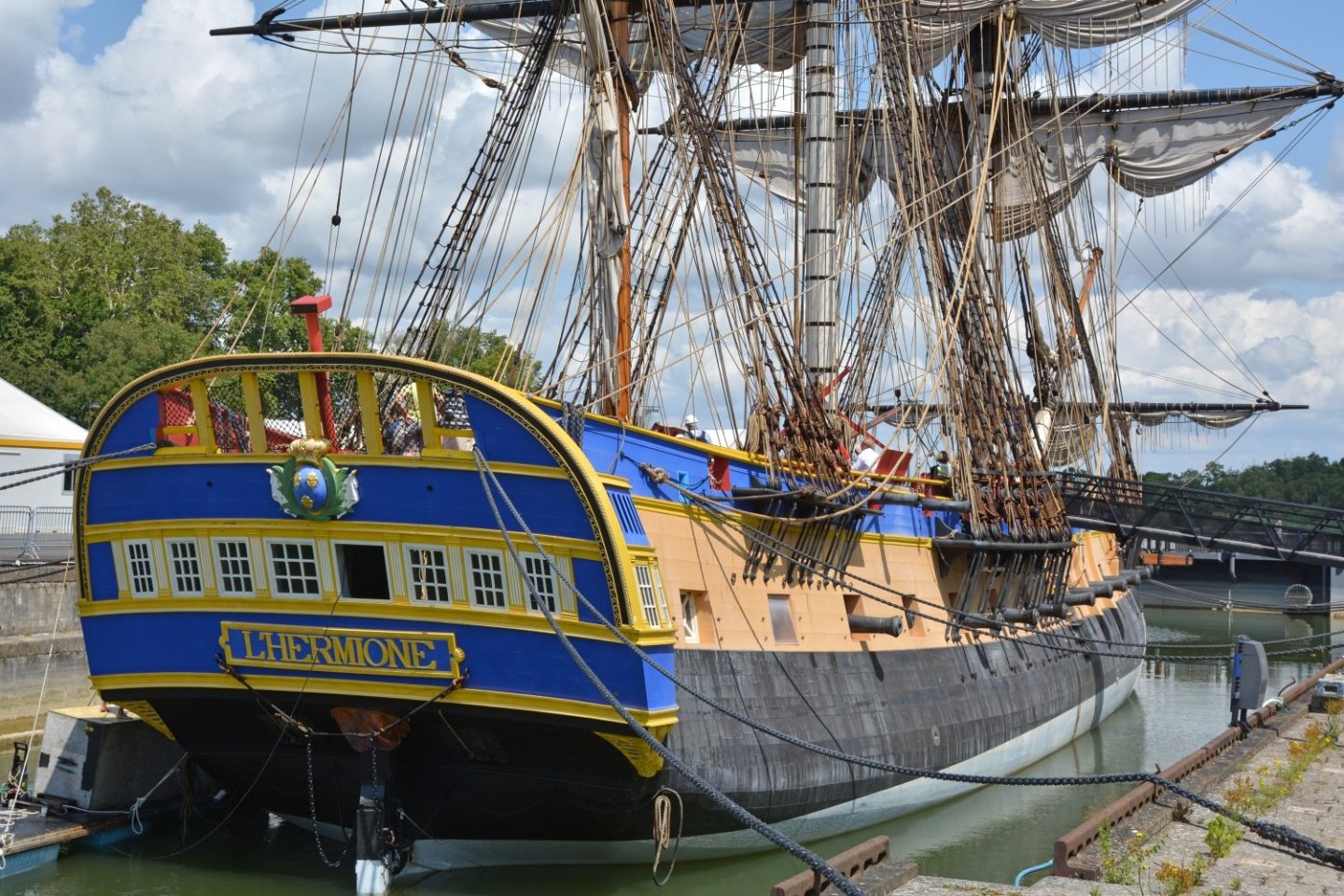

Grecian 1812 by James H - FINISHED - Vanguard Models - 1:64 - protype build of US Baltimore Clipper Privateer Schooner
in - Kit build logs for subjects built from 1801 - 1850
Posted
Very dapper, fashion-forward! Can't wait to see her with her copper bottom and chrome fenders.